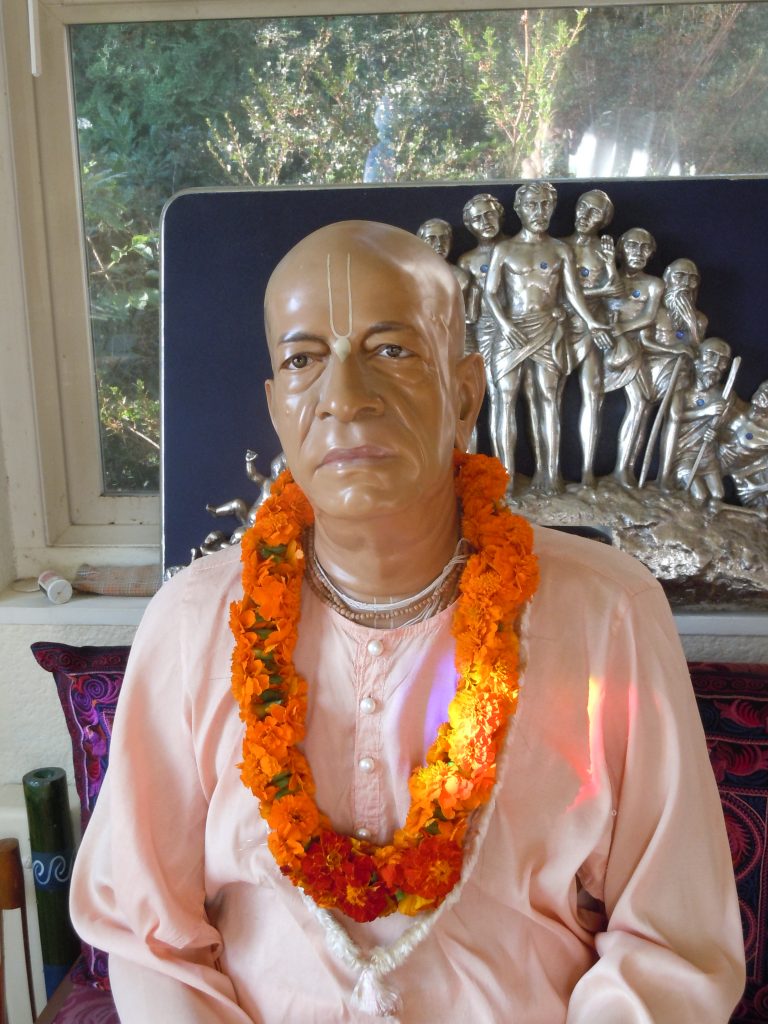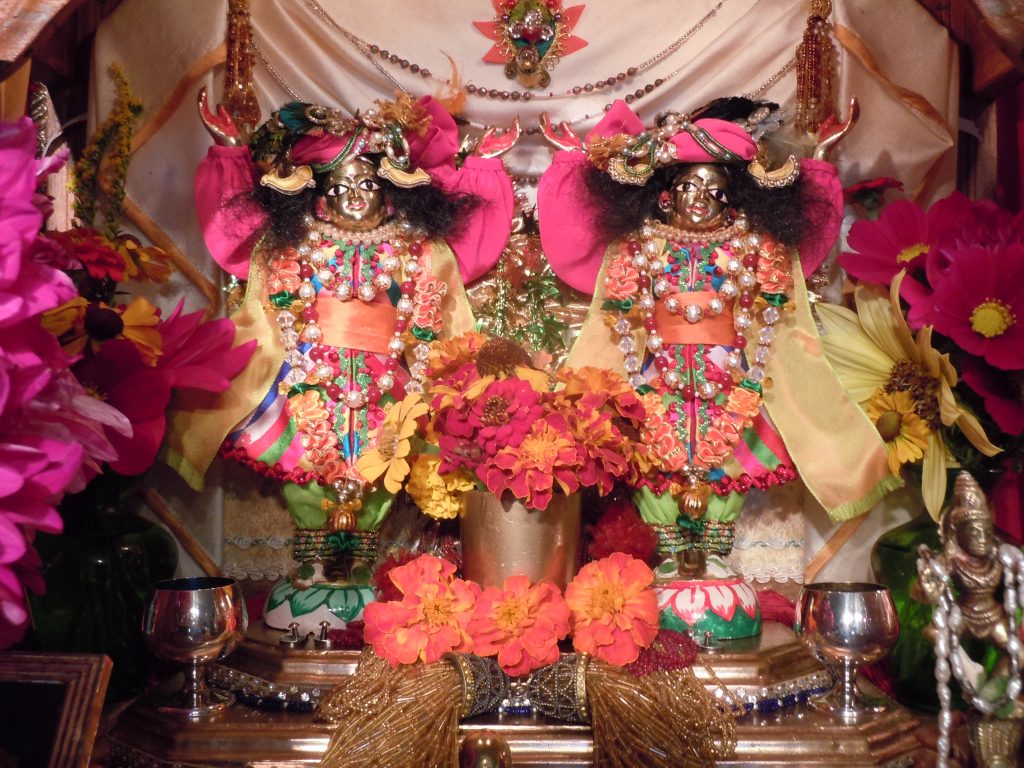- December 31, 2020December 31, 1966 : New YorkDecember 31. Goodbye, 1966. Hare Krishna and Happy New Year!New Year's Eve, Matchless Gifts is…
- December 19, 2020Adi 17.31--"One who thinks himself lower than the grass, who is more tolerant than a tree, and who does not…
- December 18, 2020Hare Krsna-below we put together this series of quotes because of the very first one I read last night before…

Under the guidance, inspiration and authority of
His Divine Grace A.C. Bhaktivedanta Swami Prabhupada
Founder-Acharya of the Krishna Consciousness Movement
Srila Prabhupada: “I wish that each and every branch shall keep their separate identity and cooperate keeping the acharya in the center. On this principle we can open any number of branches all over the world. (Letter, February 11, 1967)






